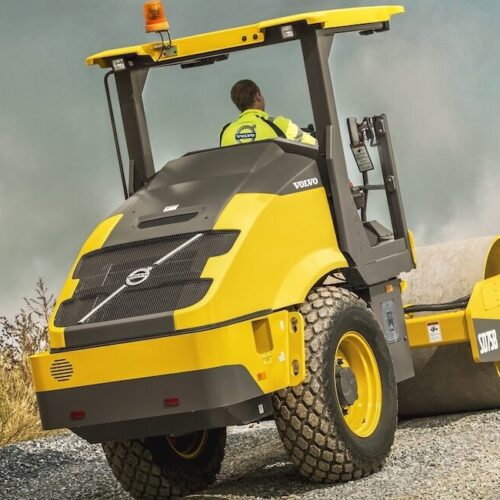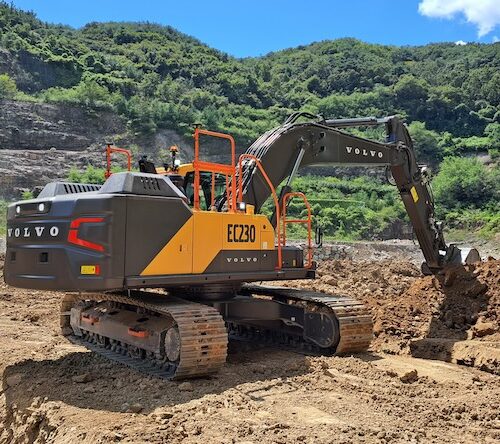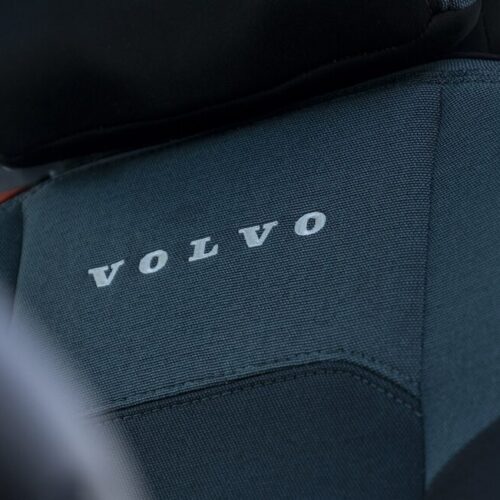Electric Heavy Equipment Incentives: Your Questions Answered
More and more private contractors, personal users and government entities are either considering or actually integrating electric heavy equipment into their fleets. A lot of companies and individuals want to […]
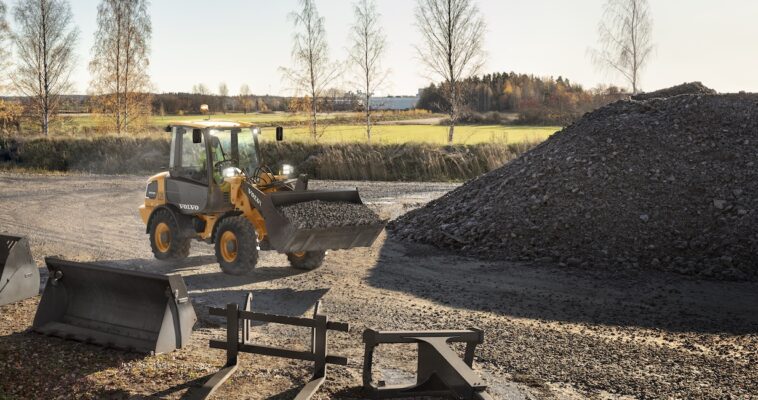
More and more private contractors, personal users and government entities are either considering or actually integrating electric heavy equipment into their fleets. A lot of companies and individuals want to get in on the movement but aren’t yet sure how they’ll afford the new technology as an early adopter — and many aren’t familiar with the types of incentives out there to help them cover the investment costs.
Below we’ve put together some high-level definitions covering some of the more popular incentives to help ensure you understand what the different types are, how they work and how you can find what’s available to you.
What is a grant?
A grant is a way the government funds your ideas and projects to provide public services (such as reduced emissions) and/or stimulate the economy. There are three common grant categories: federal, state and local.
- Federal programs typically fall under organizations like the Department of Energy, Department of Transportation and Environmental Protection Agency.
- State programs are overseen by state agencies such as Departments of Transportation.
- Local programs are offered via air districts and organizations like the South Coast Air Quality Management District in California. Municipal planning organizations (MPOs) also oversee grants.
How do grants work?
The grant process follows a linear lifecycle that includes creating the funding opportunity, individuals or companies applying for the funds, making award decisions and successfully implementing the award. The specific actions along the lifecycle are grouped into three main phases:
- Pre-Award Phase – funding opportunity notices and application development
- Award Phase – award decisions and notifications
- Post Award – implementation, reporting and closeout
What is a tax credit?
A tax credit is an incentive in which taxpayers receive a dollar-for-dollar reduction in taxes owed. A tax credit may partially or completely reduce the amount of taxes owed from the purchase price of an item like a new machine. These credits are not applied at point of purchase, but rather must be claimed against federal or state taxes owed for that tax year (or those that follow, if a “carry forward” is applicable).
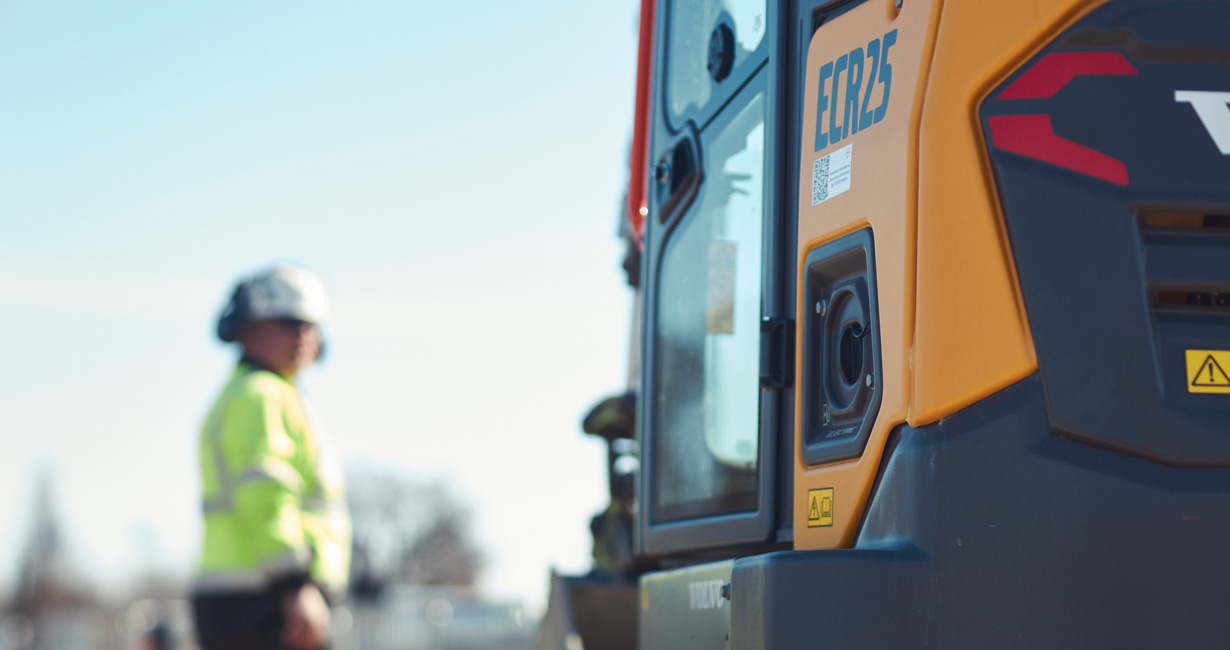
What are point-of-sale incentives for electric vehicles and heavy equipment?
Point-of-sale incentives reduce the purchase price when the vehicle or equipment is purchased. These may be rebates or vouchers that are applied to the price of the vehicle at point of sale. The customer is able to see the reduced cost immediately upon purchase without needing to wait for a future reimbursement check.
What incentives are there to fund off-road vehicles?
Most grants and incentives available today fund on-road vehicles, including medium- and heavy-duty on-road trucks and buses. However, there are some specific grants that focus on or include off-road equipment. For example, California’s Clean Off-Road Equipment Voucher Incentive Project (CORE) and Carl Moyer Memorial Air Quality Standards Attainment Program. While CORE is focused specifically on off-road equipment, Carl Moyer programs at the air district level in California often include off-road equipment as a funding category. Additionally, federal and other state-level programs such as Diesel Emissions Reduction Act (DERA) programs and Congestion Mitigation and Air Quality (CMAQ) programs may have off-road components as well.
What is CORE and how does it work?
The Clean Off-Road Equipment Voucher Incentive Project (CORE) is an example of a point-of-sale incentive. It’s intended to encourage California off-road equipment users to purchase or lease currently commercialized zero-emission off-road equipment. This streamlined voucher incentive project helps offset the higher cost of zero-emission technology with a point-of-sale discount. There is no scrappage requirement, and additional funding is available for charging and fueling infrastructure and for equipment deployed in disadvantaged communities.
Note, a machine in California can cost 50% less from these vouchers — that essentially makes it the same price as a comparable diesel model. Funds are awarded quickly. Visit the CORE website to see what funds are currently available.
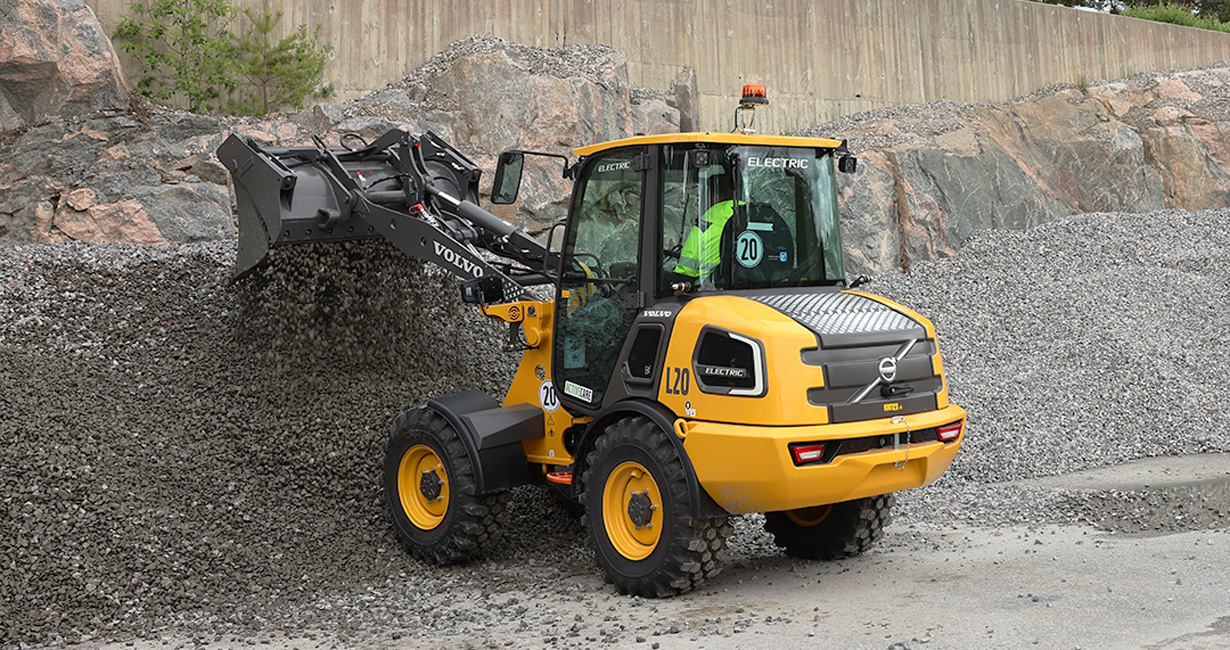
What is CAARB and what does it do?
CARB is short for the California Air Resources Board. This organization focuses on California’s unique air quality challenges by setting the state’s own stricter emissions standards for a range of statewide pollution sources including vehicles, fuels and consumer products. CARB funds incentive programs, such as CORE, for zero emission off-road equipment.
How do I find these incentives?
If you’re interested to know what incentives are available in your area, talk to your local Volvo dealer who can work directly with you to find what you need.
Categories: Construction Equipment, Electric Equipment
